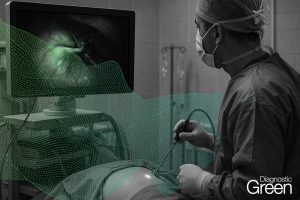Purpose: Obtaining negative margins in primary tumor resection is essential to decreasing recurrence and mortality. Fluorescence imaging may aid in complete tumor removal. As fluorescent agents are still under clinical trial investigation for use in head and neck cancer (HNC), their effectiveness in intraoperative margin assessment (IMA) remains unclear. This scoping review examines the use of fluorescent-guided surgery (FGS) in the treatment of HNC, highlighting significant opportunities in this nascent field.
Results: Twenty-seven prospective studies from 2013 to 2024 on intraoperative FGS in HNC, involving 455 patients from six countries, were included. Studies ranged from preclinical to phase II trials, applying various fluorescent techniques, predominantly indocyanine green and IRDye800CW, to enhance surgical precision. Imaging assessments were conducted in-vivo, ex-vivo, or both, using a wide range of devices and taking an additional 0 to 30 min intraoperatively. Quantitative measures like signal-to-background ratio and mean fluorescent intensity suggested variable diagnostic accuracy across studies. FGS shows great potential in improving IMA, although standardization in methodologies and reporting is needed.
Conclusion: This scoping review highlights the potential of intraoperative FGS to enhance treatment accuracy in solid HNC, though variability in diagnostic efficacy and a lack of standardized methodologies persist. Advancements in fluorophore technology and uniform procedural protocols are essential to optimize surgical outcomes and move towards personalized HNC interventions.
https://link.springer.com/article/10.1007/s00405-025-09442-5




